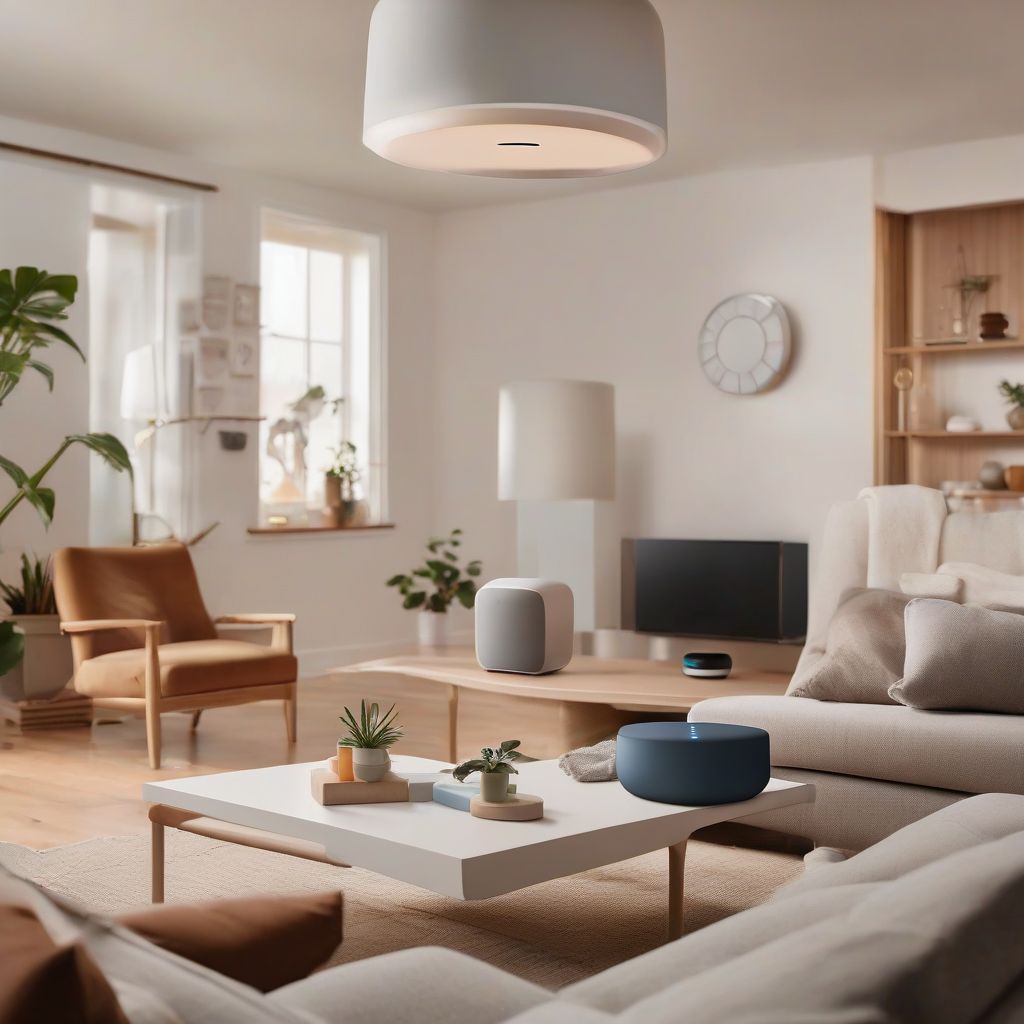Imagine this: you’ve just bought a brand new smart speaker, excited to connect it with your existing smart lights and thermostat for a truly integrated home experience. But instead of seamless harmony, you’re met with frustrating error messages and devices that refuse to talk to each other. This, my friend, is the nightmare of smart home incompatibility.
The good news? Achieving smart home bliss is entirely possible with a little planning and know-how. This comprehensive guide will walk you through everything you need to know about ensuring compatibility between your smart home devices, turning that dream of a truly connected home into a reality.
Understanding the Compatibility Challenge
Before we dive into solutions, it’s important to understand why smart home compatibility can be tricky. Several factors come into play:
- Different Communication Protocols: Think of these as languages your devices use to speak to each other. Some common ones include Wi-Fi, Bluetooth, Zigbee, and Z-Wave. Trouble arises when devices “speak” different protocols, creating a communication barrier.
- Ecosystem Compatibility: Many smart home devices are designed to work best within a specific ecosystem like Amazon Alexa, Google Home, or Apple HomeKit. While some offer cross-platform compatibility, it’s not always guaranteed or may come with limited functionality.
- Software Updates: Just like your smartphone, smart home devices receive software updates to improve performance and add features. However, these updates can sometimes introduce compatibility issues with older devices or different ecosystems.
Key Considerations for a Harmonious Smart Home
Now that you know the challenges, let’s explore the solutions to build a truly integrated and compatible smart home system:
1. Choose a Central Hub (Or Not?)
A smart home hub acts as the central command center, bridging communication between devices from different manufacturers and with varying protocols. Popular options include:
- Amazon Echo (with Alexa): A great choice for its wide device compatibility, voice control, and affordable price point.
- Google Nest Hub (with Google Assistant): Known for its seamless integration with Google services, powerful voice search, and intuitive interface.
- Apple HomePod (with Siri): Ideal for Apple enthusiasts, offering tight integration with Apple devices and a focus on privacy.
- Samsung SmartThings: A robust hub that supports a vast ecosystem of devices and offers advanced automation features.
However, some smart home enthusiasts prefer a decentralized approach, relying on individual apps and direct device communication. While offering more flexibility in device choices, this method might require more technical know-how and may not provide the same level of seamless integration as a hub-based system.
2. Prioritize Open Platforms and Standards
When selecting devices, opt for those that support open platforms like Matter. Matter aims to simplify smart homes by creating a universal standard for device communication, ensuring seamless compatibility across ecosystems.
Look for the Matter logo on product packaging or online descriptions. Supporting open platforms future-proofs your investments, giving you more device choices and ensuring compatibility with future smart home innovations.
3. Research Device Compatibility Before You Buy
Before hitting that “add to cart” button, take the time to research the compatibility of potential devices:
- Check Manufacturer Websites: Most manufacturers have compatibility sections listing supported ecosystems, protocols, and devices.
- Read Online Reviews: User reviews can provide valuable insights into real-world compatibility experiences with specific devices and ecosystems.
- Consult Compatibility Charts: Several websites and forums offer comprehensive compatibility charts for various smart home devices and platforms.
Investing a little time in research can save you from headaches and buyer’s remorse down the line.
4. Understand Network Requirements
A robust and reliable home network is crucial for seamless smart home operation. Consider these factors:
- Wi-Fi Coverage: Ensure your home has strong Wi-Fi coverage in all areas where you plan to use smart devices. Consider using Wi-Fi extenders or a mesh network for larger homes.
- Bandwidth: Smart home devices, especially those with video streaming capabilities, can consume significant bandwidth. Ensure your internet plan has sufficient bandwidth to accommodate your smart home needs.
- Dedicated Network: For optimal performance and security, consider setting up a separate Wi-Fi network dedicated solely to your smart home devices.
 Compatible Smart Home Devices
Compatible Smart Home Devices
5. Leverage IFTTT and Other Automation Tools
Services like IFTTT (If This Then That) empower you to create custom automations between devices, even if they don’t officially support each other. For instance, you can use IFTTT to trigger your smart lights to turn on when your smart doorbell detects motion, regardless of the brands or protocols involved.
Many smart home ecosystems also offer their automation platforms, allowing you to create complex scenes and routines tailored to your preferences.
Tips for Troubleshooting Compatibility Issues
Despite careful planning, you might encounter occasional compatibility hiccups. Here are some troubleshooting tips:
- Check for Software Updates: Outdated software can often cause compatibility problems. Ensure all your devices and smart home apps are running the latest versions.
- Power Cycle Devices: Sometimes, a simple power cycle can resolve communication glitches. Unplug the problematic device and your router, wait a few minutes, then plug them back in.
- Reset to Factory Settings: As a last resort, try resetting the affected device to its factory settings and setting it up again.
- Contact Customer Support: Don’t hesitate to reach out to the device manufacturer’s customer support for assistance. They can provide tailored troubleshooting steps or help determine if a compatibility issue exists.
The Future of Smart Home Compatibility
With the introduction of Matter and the increasing adoption of open platforms, the future of smart home compatibility looks bright. As the industry moves towards greater standardization, consumers can expect a more seamless and interoperable smart home experience.
Conclusion
Creating a compatible smart home ecosystem doesn’t have to be a daunting task. By understanding the basics of communication protocols, researching device compatibility, and choosing a central hub or open platform, you can create a truly connected home where your devices work together seamlessly.
Remember, a little planning and research go a long way in achieving smart home harmony. So, embrace the future of connected living and enjoy the convenience, comfort, and peace of mind a truly compatible smart home provides!
Do you have any tips or tricks for ensuring smart home compatibility? Share your experiences and questions in the comments below!
[amazon bestseller=”smart home hub”]
